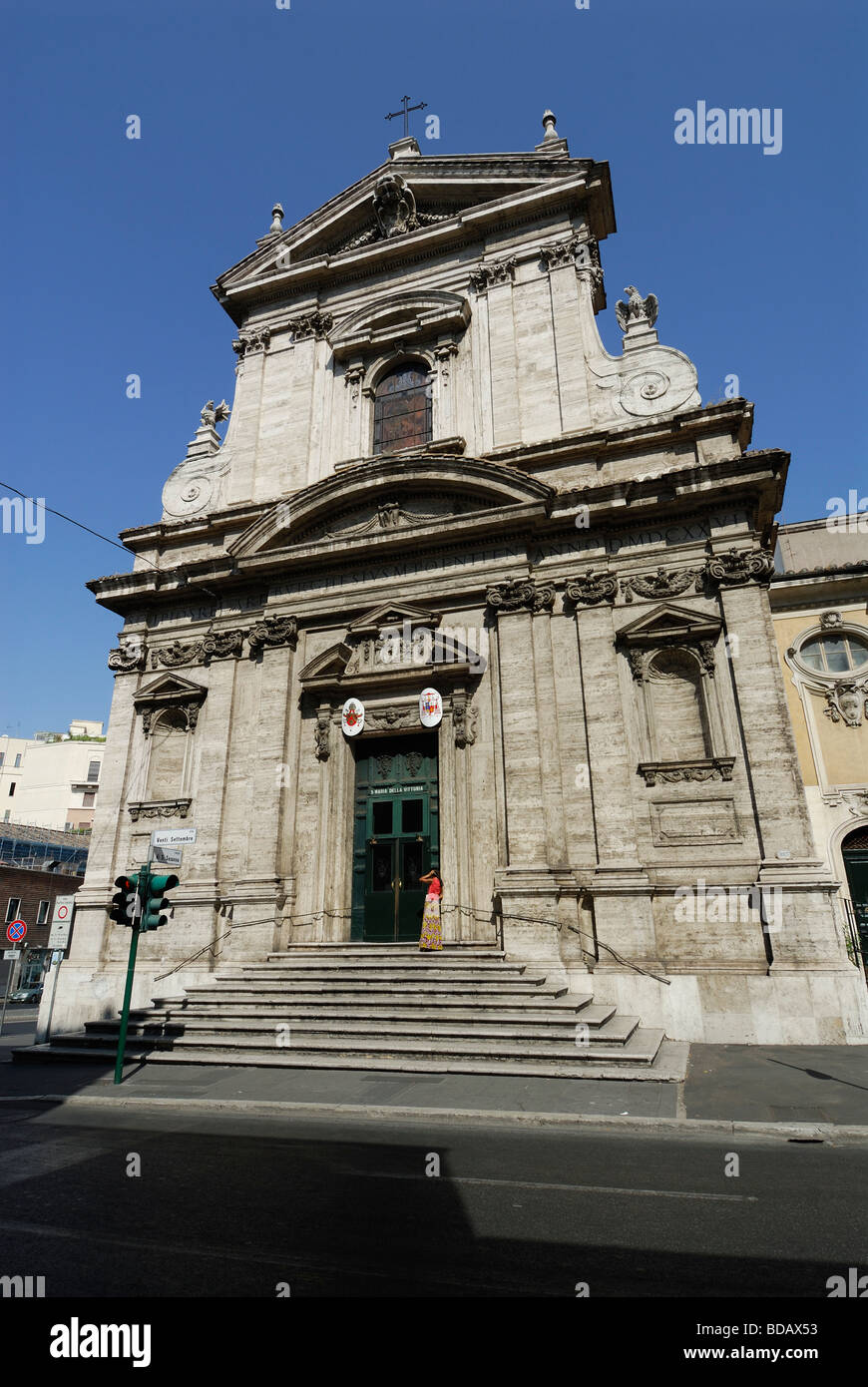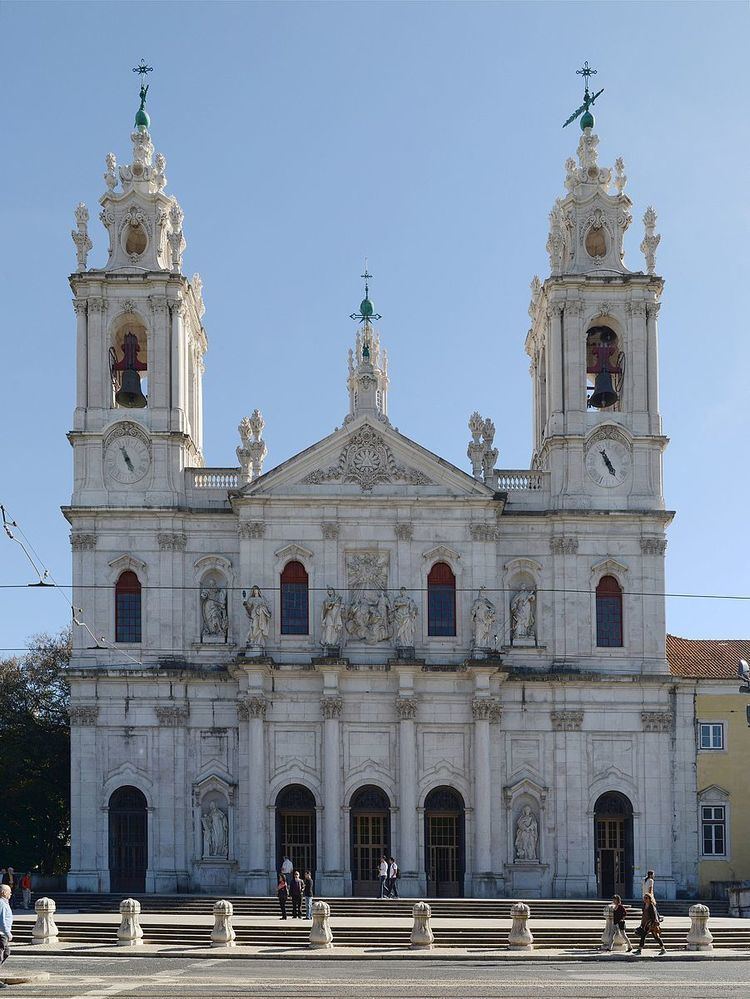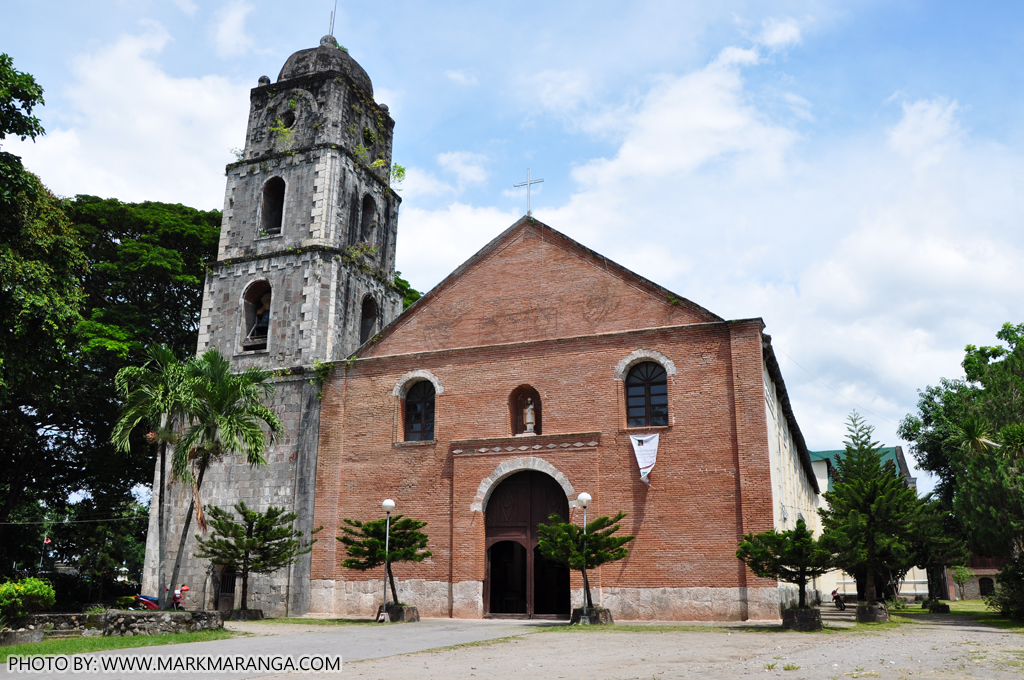Pontificio Santuario della Scala Santa
Catholic
4.7 (3848 reviews)
Founded in 1723
The Pontifical Sanctuary of the Holy Stairs houses the Scala Santa (Holy Stairs). These are 28 white marble steps that were, according to Catholic tradition, part of the Praetorium of Pontius Pilate in Jerusalem and ascended by Jesus Christ on his way to trial during his Passion. The Scala Santa are now encased in wooden treads for preservation. The Sanctuary also houses several chapels, including the Sancta Sanctorum, which was the private papal chapel for several centuries.
About
The Pontifical Sanctuary of the Holy Stairs houses the Scala Santa (Holy Stairs). These are 28 white marble steps that were, according to Catholic tradition, part of the Praetorium of Pontius Pilate in Jerusalem and ascended by Jesus Christ on his way to trial during his Passion. The Scala Santa are now encased in wooden treads for preservation. The Sanctuary also houses several chapels, including the Sancta Sanctorum, which was the private papal chapel for several centuries.
History
The Holy Stairs were brought to Rome in the 4th century by St. Helena, mother of Constantine the Great. The current sanctuary was built in 1589 by Pope Sixtus V.
Founded
1723
Denomination
Catholic
Architectural Style
Baroque
Historical Status
Papal Sanctuary
Contact Information
Facilities & Amenities
Accessibility
Wheelchair Accessibility
No
Hearing Assistance
No
Amenities
Restrooms
Yes
Cafe/Bookstore
Yes
Children Area/Nursery
No
Transportation
Parking
No
Public Transport
Yes
Visitor Guidelines
Photography
No
Dress Code
Yes
Entry Fee
No
Visitor Information
Best Visiting Times
Morning or late afternoon to avoid crowds
Tourist Friendly
Limited
Mobile App Support
Not available
Pilgrimage Information
Yes
Reviews & Ratings
4.7
Based on 3.85k reviews
No reviews yet
Blog Post
Meta Description: The Pontifical Sanctuary of the Holy Stairs in Rome, Italy, houses the Scala Santa (Holy Stairs) believed to be steps climbed by Jesus Christ before his crucifixion.
Pontificio Santuario della Scala Santa: A Pilgrimage to the Holy Stairs in Rome
The Pontificio Santuario della Scala Santa, located at P.za di S. Giovanni in Laterano, 14, 00185 Roma RM, Italy, is a place of profound spiritual significance and historical importance. As a designated Papal Sanctuary, it draws pilgrims and visitors from across the globe, eager to experience the Scala Santa, or Holy Stairs, believed to be the very steps Jesus Christ ascended to face Pontius Pilate. This sanctuary offers a powerful connection to the Passion of Christ and a glimpse into the rich history of the Catholic Church.
A Journey Through History: The Scala Santa's Origins
The story of the Scala Santa begins in Jerusalem. According to Catholic tradition, these 28 white marble steps were part of the Praetorium of Pontius Pilate. In the 4th century, St. Helena, the mother of Constantine the Great, brought them to Rome, preserving them as a sacred relic.
For centuries, the stairs remained in the Lateran Palace. However, in 1589, Pope Sixtus V commissioned the construction of the current sanctuary to house and protect this precious artifact. This makes the Pontificio Santuario della Scala Santa more than just a church; it's a living testament to faith, history, and devotion. The history embedded within these walls echoes through the ages, drawing in those seeking a deeper connection to Christianity.
Architectural Marvel: A Baroque Sanctuary
The architectural style of the Pontificio Santuario della Scala Santa is predominantly Baroque, reflecting the era of its construction. While the exterior is relatively simple, the interior houses magnificent chapels and artistic details.
- The Scala Santa: The main attraction, of course, is the Scala Santa itself. To protect the original marble, the steps are now covered with wooden treads. Many pilgrims choose to ascend the stairs on their knees as a sign of devotion and penance, reflecting on the suffering of Christ.
- Sancta Sanctorum: One of the most significant chapels within the sanctuary is the Sancta Sanctorum, or "Holy of Holies." This was the private papal chapel for several centuries and contains numerous relics, including an icon of Christ believed to have been painted by St. Luke.
- Frescoed Ceilings: The sanctuary's chapels feature beautifully frescoed ceilings, depicting scenes from the Bible and the lives of the saints. These artistic masterpieces add to the sanctuary's atmosphere of reverence and awe.
While the church size is medium, the impact is immense, amplified by the beautiful architectural features that fill the sanctuary.
Planning Your Visit: Tourist Information and Tips
The Pontificio Santuario della Scala Santa is a pilgrimage site that welcomes visitors of all faiths. To make the most of your visit, consider the following:
- Accessibility: Unfortunately, the sanctuary is not wheelchair accessible due to the presence of the stairs. The Scala Santa itself is only accessible via the steps.
- Dress Code: A dress code is required. Shoulders and knees should be covered.
- Photography: Photography is not allowed inside the sanctuary.
- Entry Fee: There is no entry fee to visit the sanctuary.
- Best Visiting Times: Morning or late afternoon are generally the best times to visit to avoid large crowds.
- Public Transport: The sanctuary is easily accessible by public transport.
- Restrooms: Restrooms are available for visitors.
- Cafe/Bookstore: A cafe and bookstore are available, offering religious items and refreshments.
Visitor Tips:
- Be Respectful: Remember that this is a sacred place. Maintain a quiet and respectful demeanor.
- Climbing the Scala Santa: If you choose to climb the Scala Santa on your knees, be prepared for a physical and emotional experience. Allow plenty of time.
- Modesty: Dress modestly to adhere to the dress code requirements.
Religious Services and Features
As a Catholic sanctuary, the Pontificio Santuario della Scala Santa offers various religious services:
- Confession: Confession is available, offering visitors an opportunity for spiritual renewal.
- Religious Services: While specific mass times and schedules are not currently available, it is advisable to inquire upon arrival regarding any ongoing services. Information on mass times may be accessible on the website, if listed.
- Choir Music: The sanctuary features traditional Catholic choir music, enhancing the worship experience.
- Stations of the Cross: The Stations of the Cross are present, providing a devotional pathway for reflection on Christ's Passion.
Notable Features and Services
The Pontificio Santuario della Scala Santa is renowned for several notable features:
- Scala Santa (Holy Stairs): The focal point of the sanctuary, attracting pilgrims from around the world.
- Sancta Sanctorum: The ancient papal chapel, housing significant relics.
- Papal Sanctuary: Its status as a Papal Sanctuary underscores its importance within the Catholic Church.
- Guided Tours: The sanctuary provides guided tours, helping visitors to appreciate the history and significance of the site.
The sanctuary offers services for the faithful and visiting tourists alike. As a Catholic Sanctuary, its primary purpose is to serve as a sacred place of prayer and reflection. As a tourist-friendly destination, it welcomes respectful visitors.
SEO Keywords and Relevance
This blog post incorporates several SEO keywords to enhance its visibility in search engine results. These include: Scala Santa, Holy Stairs, Rome, Sancta Sanctorum, Pilgrimage, Catholic, and Sanctuary. By using these keywords naturally throughout the text, the post aims to attract readers interested in learning more about this significant religious site.
Nearby Attractions and Travel Information
Located in the heart of Rome, the Pontificio Santuario della Scala Santa is conveniently situated near other major attractions:
- Basilica di San Giovanni in Laterano: The Cathedral of Rome and the official ecclesiastical seat of the Pope.
- Lateran Palace: The former papal residence.
- Baptistery of Lateran: One of the oldest baptisteries in Rome.
Travel Information:
The sanctuary is easily accessible by public transport, including metro and bus lines. Be sure to check the official Rome public transport website for the most up-to-date schedules and routes. While parking is not available at the sanctuary, you may find parking garages in the surrounding area.
Visiting the Pontificio Santuario della Scala Santa is a profound experience, offering a glimpse into the history of Christianity and the devotion of pilgrims throughout the ages. A trip to the Holy Stairs is a journey into faith and a memorable experience for all.
Other Catholic Nearby

Church of Santa Maria della Vittoria
Via Venti Settembre, 17, 00187 Roma RM, Italy
4.7

Basilica of Estrela
Praça da Estrela, 1200-667 Lisboa, Portugal
4.6

Sanctuary Santa Terezinha
R. Santa Luzia, 795 - Centro, Taboão da Serra - SP, 06754-010, Brazil
4.8

Parroquia de la Preciosa Sangre de Cuautepec
Plaza Hidalgo s/n, Cuautepec Barrio Alto, 07100, Julián Carillo 2, Cuautepec Alto Centro, Gustavo A. Madero, 07160 Ciudad de México, CDMX, Mexico
4.4

St. Augustine Parish
Av. Horacio 921, Polanco, Polanco III Secc, Miguel Hidalgo, 11540 Ciudad de México, CDMX, Mexico
4.8

Plaza de la Conchita
Fernández Leal 74, La Concepción, Coyoacán, 04020 Ciudad de México, CDMX, Mexico
4.5